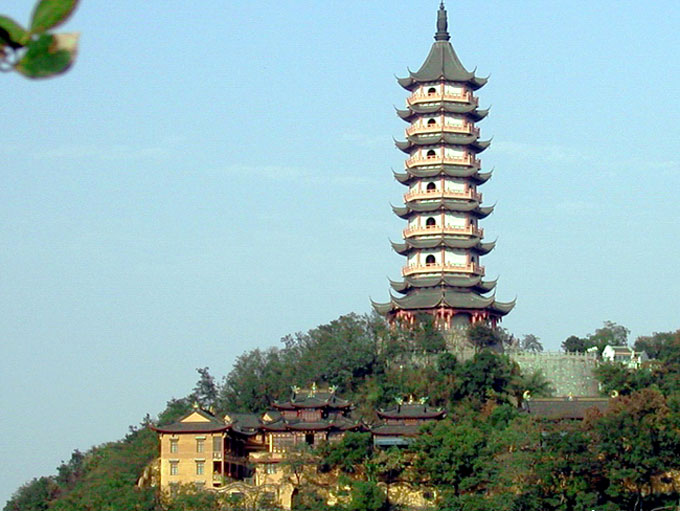The city of Lishui, located slightly inland in the highly populated coastal province of Zhejiang, has come a long way since the economic development zone first began construction over a decade ago. Lishui currently boasts a population of over 2.5 million citizens, with an economy that continues to revolve around the production of cheap and exportable consumer goods. In addition to manufacturing however, along with the economic growth Lishui has seen a spike in its tourism industry, which focuses on the beauty of the surrounding landscape in addition to gorgeous ancient architecture.
Economy

In addition to a strong manufacturing presence (which does not appear to have changed considerably since Hessler published his book), Lishui also has a great variety of natural resources. As the Lishui prefecture is situated deep in the heart of the southern Chinese forest, forestry/timber production is by far the most notable. In addition to this, Lishui also has a strong mining industry that involves the retrieval of a variety of minerals deep within the surrounding mountains including gold, lead, zinc, and silver.
Tourism

Much of Lishui’s tourism industry revolves around the unique mountain landscape that surrounds the prefecture. In addition to this, Lishui also has a great number of ancient wooden buildings that date back to the Song and Yuan Dynasties (AD 960-1368). The most famous of these structures being the Yan Yu Lou (烟雨楼) which stands for “misty rain tower,” a 7-leveled tower similar to the thousands of Buddhist towers in this area of China.
Source: 丽水市-Wikipedia
Is tourism even a notable factor in Lishui’s economy? I ask only because it seems like a very far removed place for the average traveler, especially for those from the north.
While Wikipedia does not touch much on actual numbers of Lishui’s tourism industry, I can say that Lishui and much of Zhejiang province could be considered fairly central compared to the population distribution of the East China coast. Notable cities within a day or so drive include Hangzhou, Suzhou, Shanghai, Ningbo, and of course Wenzhou.
It is interesting to see that the Chinese government has not steered the area’s economy towards greater use of the natural resources of Lishui, over the exportation of cheap consumable goods. I noted, while writing my last post on the economy, that the government is trying to push the nation away from economic reliance on investment and cheap exports.
If wages are rising – and thankfully they are! – then the government doesn’t need to “push” to get away from a reliance on cheap exports. The question however is whether those displaced from “cheap labor” find other work. That’s a particular topic in our final book this term.
Is the tourism more from natives or people from other countries? Hessler’s account of Sancha includes Chinese people from the cities visiting these rural bed and breakfasts. Is this the same for Lishui?
Domestic tourism. Even at the spots on the “must see” list for foreign tourists (买用兵 the buried armies in Xian 西安) Chinese tourists now dominate. But for places off the beaten track (Lishui!) almost all tourists are Chinese. For example, when I visited Shangrila in Yunnan in 2005, I saw only a handful of foreign tourists, and in most of the places we wandered we were the only foreigners.
How has Lishui been affected with the trend of migration in recent years? With a population so large has an influx of workers aided the economy or just created more poverty in the outskirts of the city boundaries?
Ah, but where would you live on the outskirts? – the hukou system has its good side, you don’t have shantytowns of the unemployed in China, they have a farm to return to.